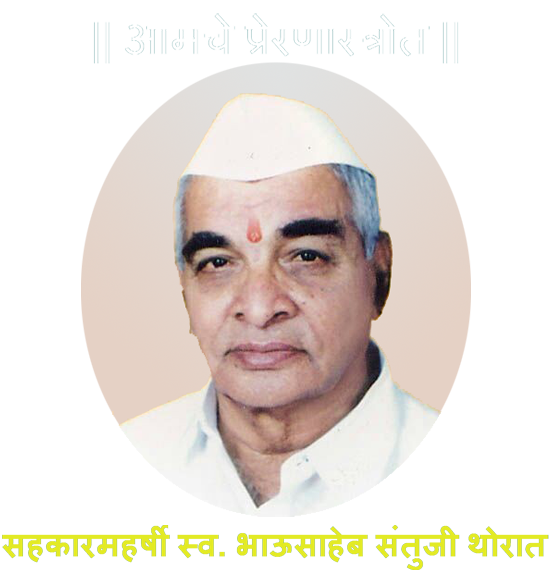NCC Boys
|
Directorate |
: |
NCC
Dte Maharashtra (India) |
|
Group |
: |
Aurangabad
Group |
|
Unit |
: |
57
Mah Bn NCC, Ahamednagar. |
|
Year
of Establishment |
: |
1992 |
|
Total
Strength |
: |
53 |
|
Associate
NCC Officer |
: |
Lt. Rajendra S.Jorwar |
Achievement of NCC Officers are
Completed Pre- commission course PRCN No.SD-172: At Officers Training Academy, Nagpur kamptee
( Mah.)(12Jun -23,09 Sept.2023)
About NCC
Mission
"UNITY
AND DISCIPLINE"
CARDINALS OF DISCIPLINE
· 1) Obey With Smile.
· 2) Be Punctual.
· 3) Work Hard Without Fuss.
· 4) Make No Excuses And Tell No Lies.
PLEDGE
I …………………………. promise that I will honestly and faithfully serve my country and abide by rules and regulations of the National Cadet Corps and that I will do the best of my ability, attend all the parades and camps which I may be required to attend by my Commanding Officer .
CAREER IN NCC
The National Cadet Corps came into existence on 16 July 1948, under the 31st
NCC Act of 1948, based on the recommendation of Pundit H. Kunzru Committee. NCC
was started with strength of 38,500 Boys Cadets. Girls Cadets were added in the
Army Wing in 1949, Air Wing in 1950 and Naval Wing in 1952. In the initial
stages, NCC was confined mainly to the urban areas. Today NCC has spread to
every corner of the country, having more than 13 lakes Cadets. The National
Cadet Corps, which has both Boys and Girls as cadets, has the basic aim of
developing the character qualities in the youth to make them good citizens of
the society and worthy leaders of the future in every walk of life.
The National Cadet Corps is the only organization of its kind,
which imparts Leadership, Discipline, Integration, Adventure, Military,
Physical and Community Development training to over 13 lakes youth of the
country. The Youth of the country are the future of India. NCC is the
organization to install the values of "Unity and Discipline"- the
Motto of the National Cadet Corps.
The NCC has a total of 765 units in India which encompasses 586
districts in the country, covering 6985 schools and 5159 colleges.
The NCC is staffed by 1697 Armed Forces Officers, 11093 junior
and non-commissioned Officers of the Defense Forces, 34 Whole Time Lady
Officers and 10351 Associate NCC Officers ie college professors and school
teachers. In all, NCC has 92 Group Headquarters, 647 Army Wing Units, 58 Naval
Wing Units and 58 Air Wing Units. For training of the staff, it has an Officers
Training Academy at Kamptee and Women Officers Training Academy at Gwalior. NCC
is funded by the Central Govt. and the respective State Govt. The Central
Advisory Committee is headed by Defense Minister and the State Advisory
Committee give impetus to the activities in NCC.
CERTIFICATE EXAMINATIONS'B' Certificate Examination
Conducted by Aurangabad Group.
2 years of NCC training with 75% attendance, should attend one camp.
CERTIFICATE EXAMINATIONS
C'
Certificate Examination:
Conducted by Aurangabad Group.
3 years of NCC training with 75% attendance, should attend two camps in which
one must be ATC.
Cadets Enrolled
|
YEAR |
1st Year |
2nd Year |
3rd Year |
Total |
|
2022-23 |
21 |
15 |
17 13 |
53 |
|
2021-22 |
23 |
17 |
53 |
|
|
2020-21 |
20 |
15 |
18 |
53 |
|
2019-20 |
22 |
15 |
16 |
53 |
Year wise Participation in Different Camps
|
YEAR |
NATIONAL INTEGRATION CAMP |
TREKKING CAMP |
THAL SAINIK CAMP |
CATC CAMP |
BASIC LESADERSHIP CAMP |
ATC CAMP |
SPORT CAMP |
|
2022-23 |
-- |
- |
-- |
20 |
-- |
07 |
- |
|
2021-22 |
-- |
-- |
25 |
-- |
05 |
-- |
|
|
2020-21 |
- |
-- |
- |
20 |
-- |
13 |
-- |
|
2019-20 |
- |
-- |
-- |
18 |
- |
13 |
-- |
NIK CAMP HAINIK CAMP
“ B ” Certificate Examination Result
|
YEAR |
EXAM APPEAR |
PASS |
RESULT |
|
2022-23 |
14 |
14 |
100% |
|
2021-22 |
17 |
17 |
100% |
|
2020-21 |
15 |
15 |
100% |
|
2019-20 |
15 |
15 |
100% |
“ C ” Certificate Examination Result
|
YEAR |
EXAM APPEAR |
PASS |
RESULT |
|
2022-23 |
11 |
10 |
99% |
|
2021-22 |
13 |
01 |
99% |
|
2020-21 |
18 |
18 |
100% |
|
2019-20 |
16 |
16 |
100% |
NCC FLAG
The NCC flag for various units of the NCC was first introduced in 1951. The flag was of same pattern, colour and size as was used by various regiments of the Army. The only difference was that it had the NCC badge and unit designation placed in the centre. Later on it was felt that the flag should be in keeping with the inter-service character of the Corps. In 1954 the existing tricolor flag was introduced. The three colors in the flag depict the three services of the Corps, red for the Army, deep blue for the Navy and light blue for the Air Force. The letters NCC and the NCC crest in gold in the middle of the flag encircled by a wreath of lotus, give the flag a colorful look and a distinct identity.



